Mangoes, often hailed as the “King of Fruits,” are celebrated worldwide for their juicy sweetness, exotic flavor, and rich cultural significance. With over 1,000 varieties grown across tropical and subtropical regions, mangoes are not only a beloved summertime treat but also a major economic crop in many countries. From street vendors in Southeast Asia to premium export markets in Europe and North America, the global demand for mangoes continues to soar.
But which country stands at the top as the largest producer of mangoes in the world? In this in-depth article, we explore the leading nation in mango production, factors behind its success, major varieties grown, export potential, and future outlook.
Global Mango Production: A Quick Overview
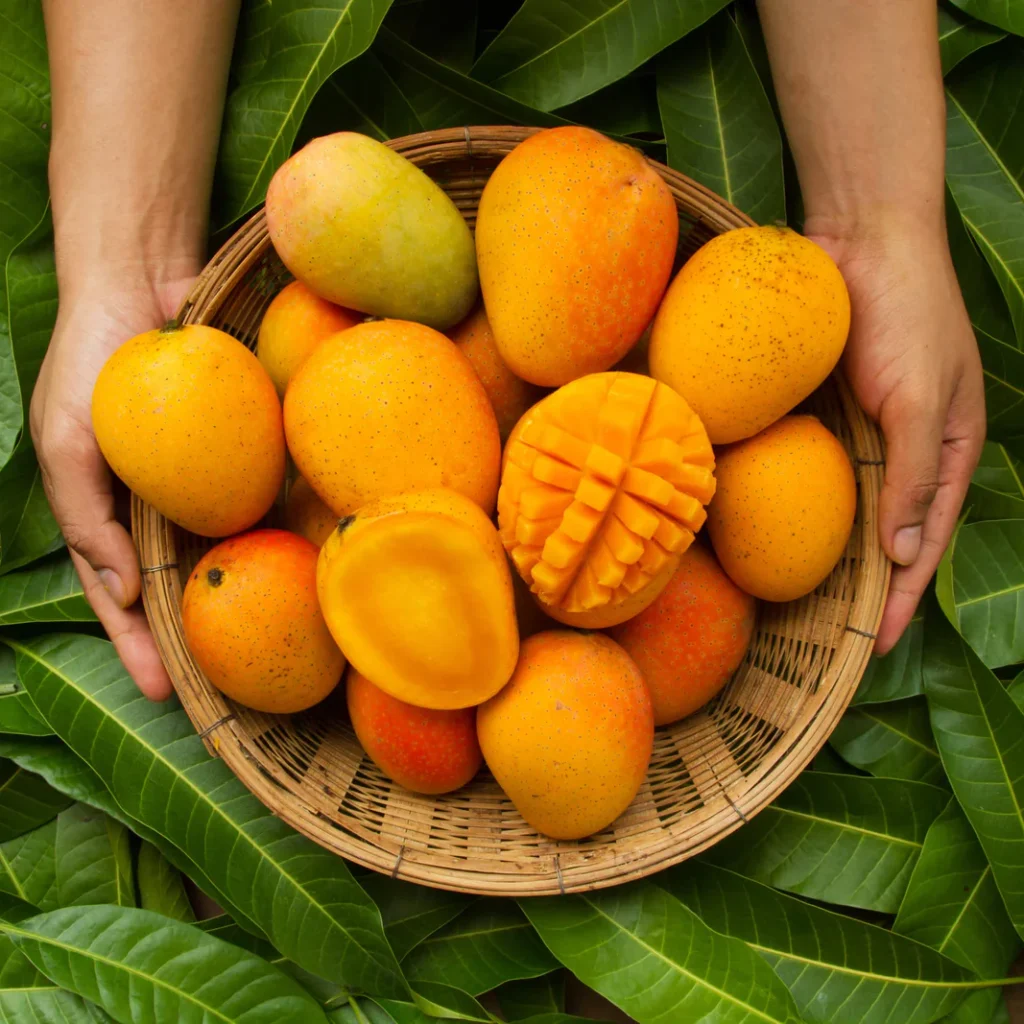
Mango production is spread across Asia, Africa, and the Americas. According to the Food and Agriculture Organization (FAO), global mango production exceeds 57 million metric tons annually. The demand is driven by both fresh consumption and processed forms such as mango pulp, juice, chutneys, dried mango, and desserts.
Among all producing countries, India takes the crown as the largest mango producer globally, contributing approximately 45% of the world’s total mango production.
India: The Undisputed Mango King

1. Production Volume and Contribution
India produces over 25 million metric tons of mangoes annually, according to recent data from the National Horticulture Board and FAO. This massive output makes India the world leader by a wide margin, with countries like China, Indonesia, Pakistan, Mexico, and the Philippines trailing far behind.
Key mango-producing states in India include:
- Uttar Pradesh
- Andhra Pradesh
- Telangana
- Maharashtra
- Karnataka
- Bihar
- West Bengal
Each region grows specific varieties suited to its climate and soil.
2. Famous Indian Mango Varieties
India’s mango diversity is unmatched. Some of the most celebrated varieties include:
- Alphonso (Hapus): Known for its golden color, rich sweetness, and aroma. Primarily grown in Maharashtra.
- Dasheri: Originating from Uttar Pradesh, this variety is sweet, juicy, and widely exported.
- Langra: A popular North Indian mango with a tangy-sweet taste.
- Banganapalli: Native to Andhra Pradesh, it is large and fiberless with a mild flavor.
- Kesar: Grown in Gujarat, it has a bright saffron color and strong aroma.
- Totapuri: Commonly used for processing due to its tangy flavor and high yield.
These varieties are consumed domestically and exported to countries such as the UAE, Saudi Arabia, the UK, and the US.
Why India Leads the World in Mango Production
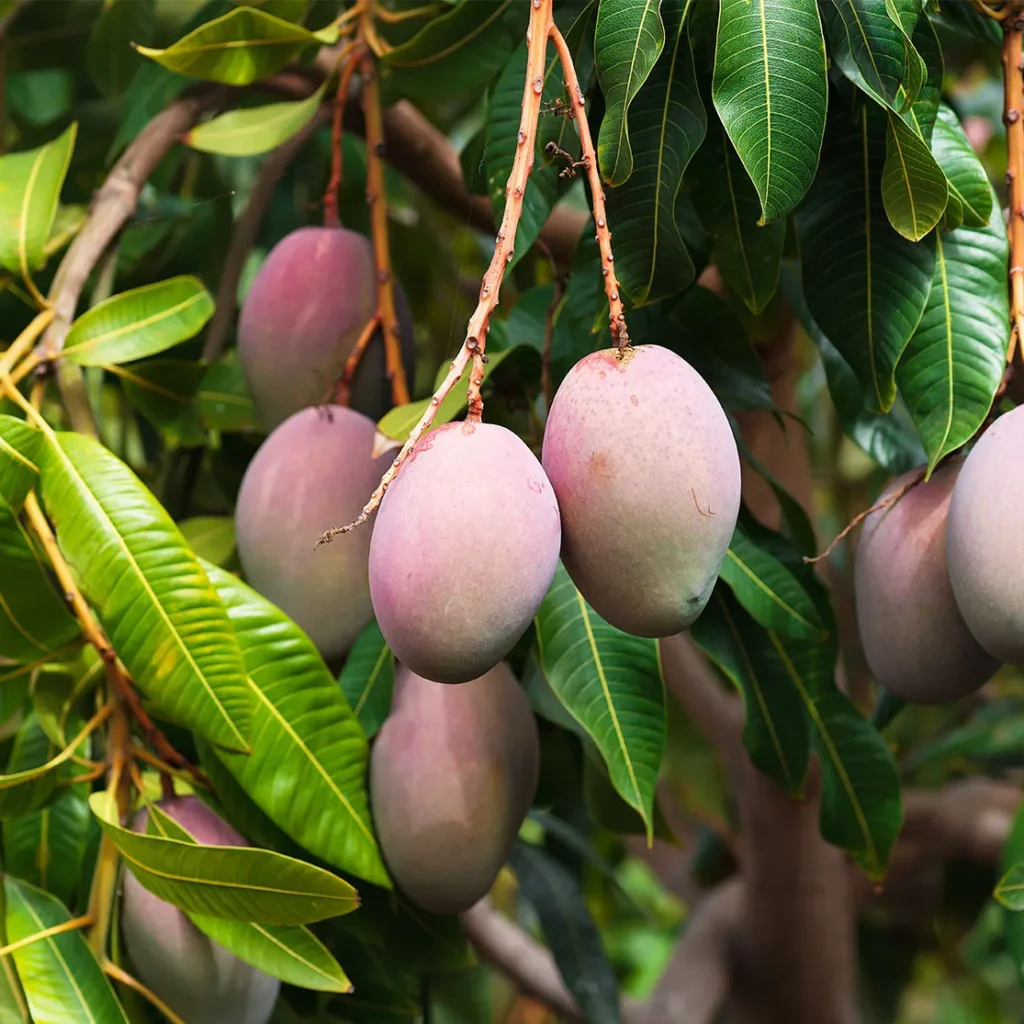
India’s dominance in mango production is the result of several favorable factors:
a. Ideal Climatic Conditions
The tropical and subtropical climate across most of India provides perfect growing conditions for mango trees—warm temperatures, distinct dry and wet seasons, and fertile soil.
b. Traditional and Scientific Farming Practices
Mango cultivation in India blends age-old techniques with modern scientific methods. Farmers now adopt grafting, organic pest control, drip irrigation, and pruning to improve yield and fruit quality.
c. Cultural Significance
Mangoes are deeply embedded in Indian culture, cuisine, and traditions. From summer celebrations to religious offerings, the mango holds symbolic value, ensuring strong domestic demand.
d. Support from Government and Institutions
Various initiatives by the Indian Council of Agricultural Research (ICAR) and the National Horticulture Board promote research, disease-resistant varieties, and post-harvest technology to enhance production.
Other Leading Mango-Producing Countries
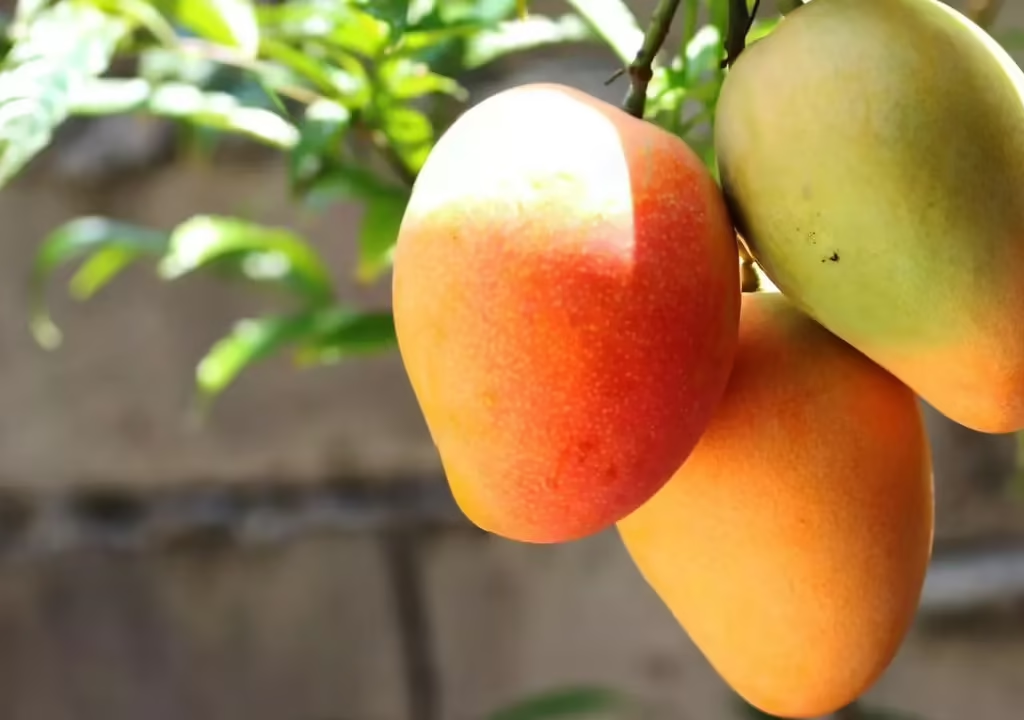
1. China
China is the second-largest mango producer globally, with around 4.9 million metric tons annually. Mango cultivation is prominent in provinces like Hainan, Guangxi, and Yunnan. Most of China’s mangoes are consumed domestically, with little focus on exports.
2. Thailand
Thailand is known for its export-quality mangoes, especially the Nam Dok Mai variety. With a production of around 3.2 million metric tons, it supplies both domestic and international markets, particularly Japan and South Korea.
3. Indonesia
Indonesia produces approximately 2.8 million metric tons of mangoes yearly. The Arumanis and Gedong Gincu varieties are famous for their flavor and are commonly found in local markets and ASEAN exports.
4. Pakistan
Pakistan grows about 2 million metric tons of mangoes annually and is known for its Sindhri, Chaunsa, and Anwar Ratol varieties. Punjab and Sindh are the main production regions, with a strong focus on exports to the Middle East and Europe.
5. Mexico
Mexico is the largest exporter of mangoes in the world, producing 1.9 million metric tons yearly. It supplies vast quantities to the United States, making it a key player in the global mango trade.
Global Mango Trade and India’s Position
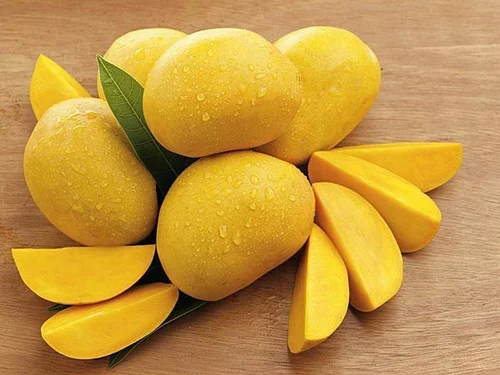
Despite being the largest producer, India is not the top exporter of mangoes. Countries like Mexico, Peru, and Thailand lead mango exports due to their proximity to major consumer markets and robust cold-chain infrastructure.
India exports around 50,000 to 60,000 metric tons of fresh mangoes annually, primarily to:
- UAE
- Saudi Arabia
- Qatar
- UK
- USA
India’s Alphonso and Kesar varieties are especially prized in premium markets, fetching high prices due to their taste and aroma.
However, challenges such as short shelf life, strict phytosanitary regulations, and lack of refrigeration logistics have historically limited India’s export volumes.
Processed Mango Products: A Growing Market
India is a global leader in mango pulp production and export, used in juices, yogurts, jams, baby foods, and desserts. The Totapuri variety is commonly used in processing due to its tangy flavor and high pulp yield.
Processed mango exports are growing significantly, with demand rising in the US, Europe, and the Middle East. India is leveraging this segment to boost its mango value chain.
Challenges in Mango Production
Despite its leadership, India’s mango industry faces several challenges:
- Pest and Disease Attacks: Mango hoppers, mealybugs, and anthracnose affect yield and quality.
- Climate Variability: Unseasonal rains and temperature changes impact flowering and fruiting cycles.
- Post-Harvest Losses: A significant percentage of mangoes spoil before reaching markets due to poor storage and transport.
- Limited Cold Chain Infrastructure: India needs more investment in refrigerated logistics for both domestic and export markets.
Future Outlook and Opportunities
To maintain and grow its leadership, India must focus on:
- Expanding Export Market: With rising global health consciousness, mangoes can be promoted as a superfruit rich in vitamin A, C, and antioxidants.
- Investing in Cold Chain and Packaging: Improving infrastructure will reduce post-harvest losses and improve international competitiveness.
- Organic and GI-Tagged Mangoes: Geographic Indication (GI) tags for Alphonso, Kesar, and other regional varieties can enhance branding and value.
- Value-Added Products: Encouraging mango-based beverages, snacks, and cosmetics can diversify revenue sources.
Conclusion
With a production of over 25 million metric tons annually, India remains the top global producer of mangoes, thanks to its ideal climate, vast varietal diversity, and cultural reverence for the fruit. While countries like China, Thailand, and Mexico also contribute significantly, India’s scale and heritage set it apart.
Although India’s export share is yet to match its production volume, growing demand, innovation in processing, and infrastructure upgrades promise a bright future. As the world embraces tropical fruits for taste and health, India is well-positioned to lead the mango revolution globally.

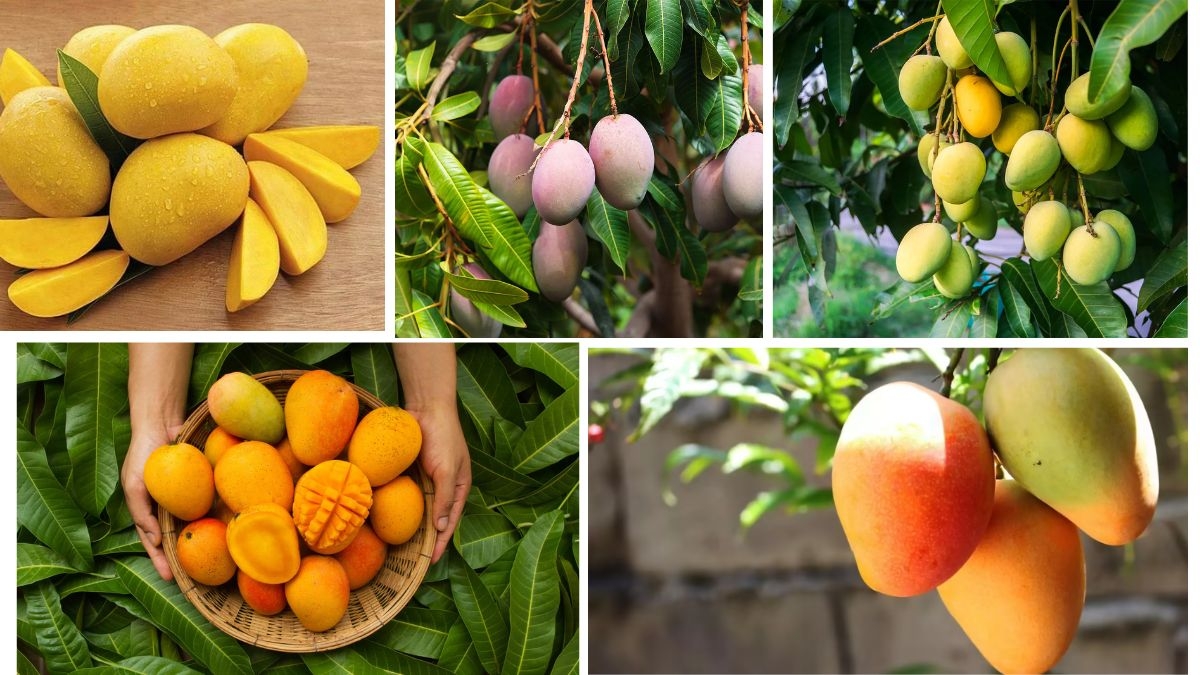
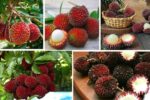

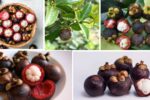
Leave A Comment